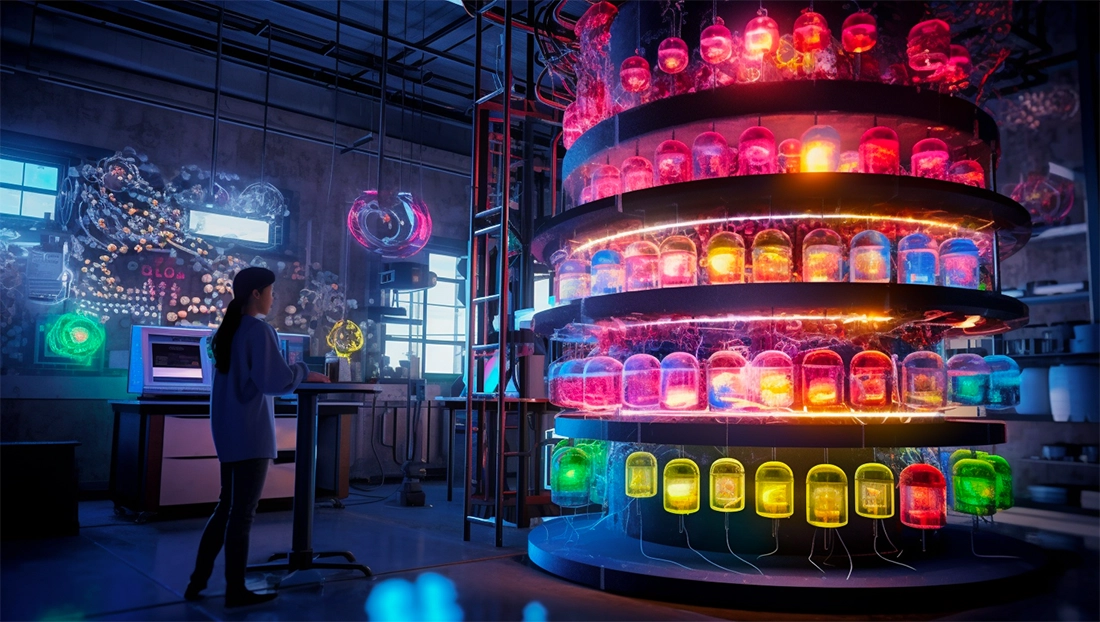
Imagine a world where the discovery of new drugs, treatments, and cures is not only accelerated but also democratized. It’s a world where even small companies and academic labs without access to elite computational facilities can contribute to medical advancements. Welcome to the brave new world of drug discovery, where Graphics Processing Units (GPUs) and Deep Learning (DL) are ushering in a revolution.
The ever-evolving capabilities of Deep Learning, an advanced branch of artificial intelligence, are being harnessed to revolutionize drug discovery. Deep Learning uses artificial neural networks with multiple layers, making it exceptionally suitable for managing complex, high-dimensional datasets - just the type of data we regularly encounter in drug discovery.
Meanwhile, GPUs, initially created for graphics rendering, are becoming the workhorses of parallel computation in scientific applications. Their high-performance capabilities are empowering computational advancements in fields from bioinformatics and chemoinformatics to chemogenomics and computer-aided drug discovery (CADD).
These groundbreaking technologies are now playing pivotal roles in various aspects of drug discovery and development. From the simulation of larger biological systems to the speeding up of ligand-protein dissociation and estimation of binding free energies, GPUs and DL are making processes more efficient and effective. They're even transforming the ways we visualize protein structures and predict protein geometry, contributing significantly to biomedical research.
What makes the application of these technologies even more exciting is how they are democratizing drug discovery. Their implementation is opening up opportunities for exploration of the "chemical universe" for novel medicines. Open-source DL packages like DeepChem99 and ATOM100 are simplifying the integration of DL strategies into drug discovery pipelines.
The demand for large datasets to fuel DL models is also fostering an environment that encourages data-sharing practices and more inclusive open data policies. It's a trend that is expected to continue with advancements in hardware technologies such as GPUs. Platforms like VirtualFlow and Autodock-GPU are allowing for efficient screening of billion-entry chemical libraries. Emulators of classical computational screening scores, such as Deep Docking, MolPAL, and AutoQSAR/DeepChem, are boosting the selection of active compounds from large libraries, even with limited computational resources.
While these developments are promising, they also come with caveats. The quality, diversity, and quantity of data significantly impact the accuracy and overall generality of CADD models. Therefore, the process of data cleaning and curation continues to be a critical factor for success in DL applications.
However, the possibilities far outweigh the challenges. Open science efforts are benefiting from recent end-to-end DL models that can be implemented at all stages of drug discovery using GPUs. Also, the advent of federated learning, where participating institutions perform localized training on their data and then aggregate the trained models centrally, offers a solution to the legal complexities in data sharing between institutions.
In conclusion, we stand on the precipice of a new era in drug discovery. The combination of DL models and GPU parallel computing is heralding unprecedented advancements in the field. As we look to the future, we can expect the growing availability of increasingly powerful GPU architectures, coupled with the development of advanced DL strategies and GPU-accelerated algorithms, to make drug discovery more affordable and accessible to the broader scientific community worldwide. Truly, we are witnessing a revolution in the making, driven by the power of technology and collaborative science.
To complete your own summaries, register now for free access